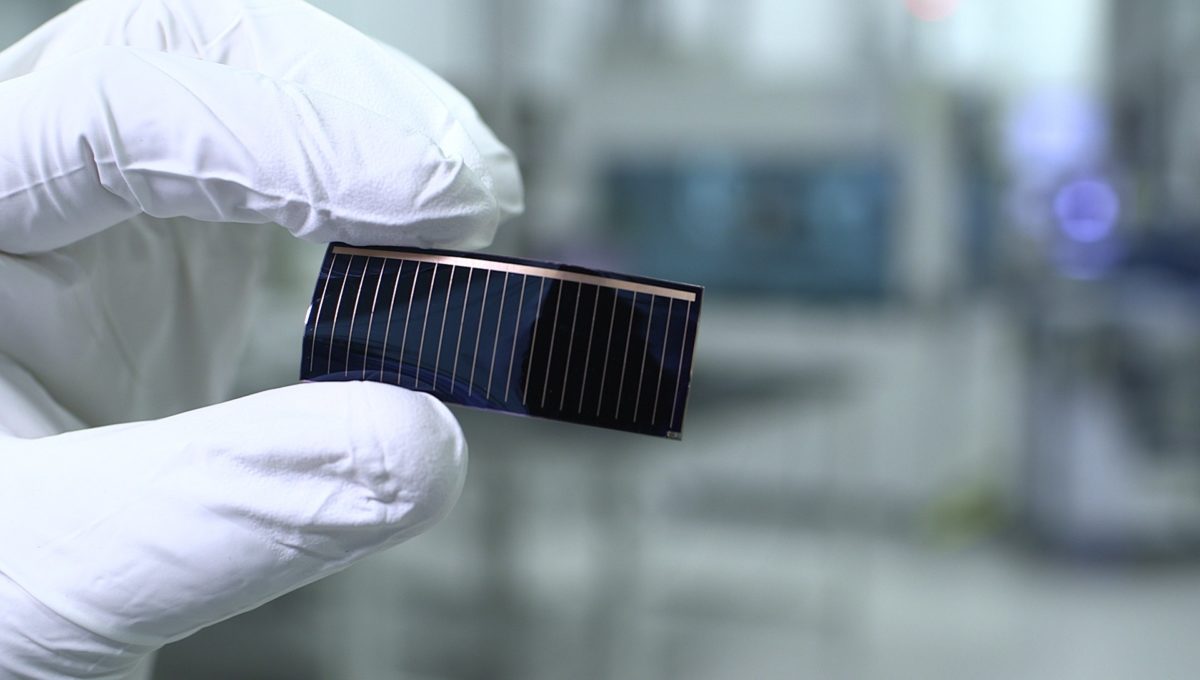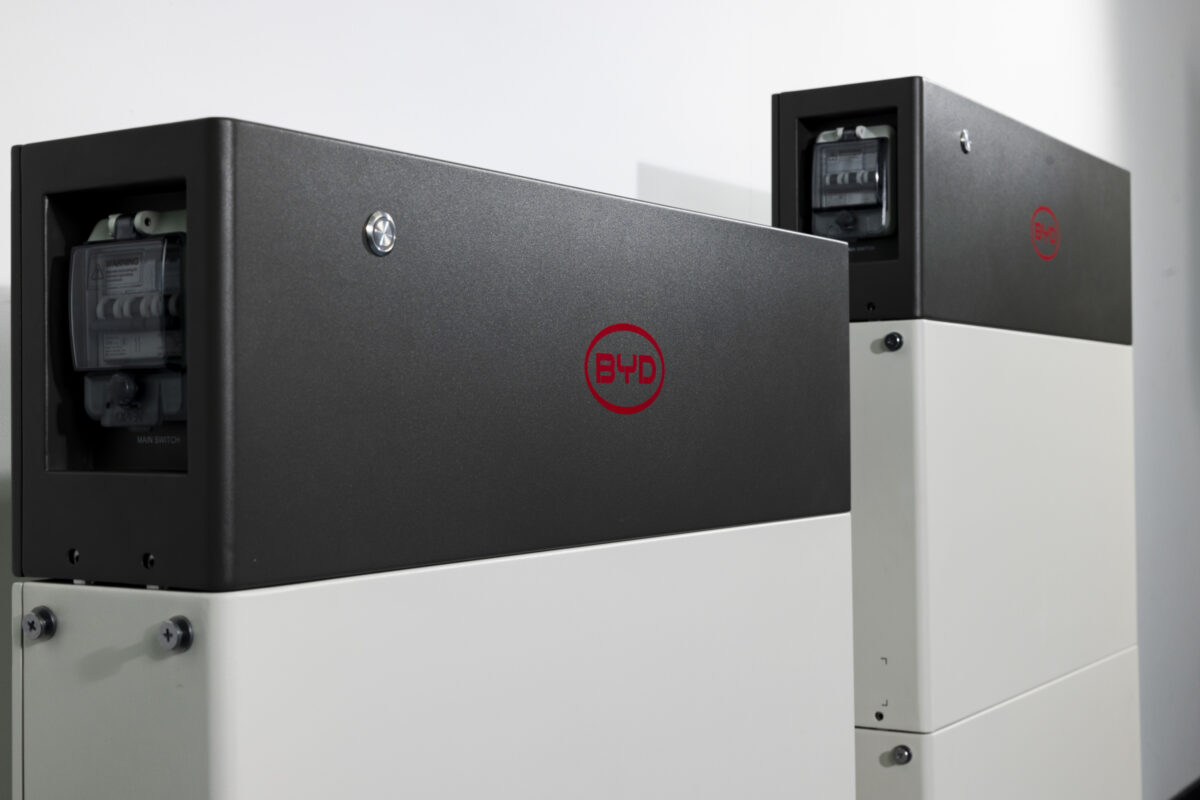Initially, Audi and gallium arsenide (GaAs) thin-film solar developer Alta Devices — which Hanergy acquired in August 2014 — will integrate thin-film PV cells into the roofs of certain vehicle models, according to a memorandum of understanding (MoU) they have signed. The solar cells will extend road mileage by feeding electricity into internal vehicle power units, such as air conditioning systems.
“The project will not only contribute to Audi’s clear vision of emission-free mobility, but also advance the application of thin-film solar technology,” HTF said in an emailed statement.
Eventually, the two companies plan to develop ways to direct PV-generated electricity into drivetrain batteries, as additional sources of primary power for cars. They aim to display an Audi prototype vehicle with an integrated PV roof solution by the end of this year. Their tie-up marks the second vehicle-integrated solar partnership to be unveiled by a major PV supplier this year, following Panasonic’s deal in February to supply 180 W solar panels for Toyota’s new 2017 Prius plug-in hybrid vehicle.
“Light vehicle bodies and limited vehicle roof areas require solar cells with a high power-to-weight ratio,”said Yuan Yabin, chairman of HTF, said at the signing of the strategic cooperation MoU at Hanergy’s headquarters in Beijing. “Gallium-film solar technology has therefore stood out as the primary option for Audi’s panorama sunroof solution.”
Audi’s product lineup will include three electric cars by the end of this decade. By 2025, one-third of its vehicles will have fully electric drivetrains, according to its plans.
The MoU with Audi is a clear win for HTF, which has struggled to recover since its shares were suspended from trading on the Hong Kong stock exchange more than two years ago. The market regulator halted trading of the stock after it plunged 47% in a single morning’s trading session in May 2015. HTF’s shares remain suspended from trading, amid lingering questions over its complicated relationship with its unlisted, Beijing-based parent.
Despite its troubles in Hong Kong, HTF has continued to forge relationships with companies and organizations in Europe. Although it lost a PV module distribution deal with furniture retailer Ikea in late 2015, it recently agreed to collaborate with Eindhoven-based Solliance Solar Research on the SolaRoad project, which it had previously supplied via is Arizona-based Global Solar subsidiary.
HTF, which recently unveiled a new CIGS thin-film solar product that can be integrated with roofing materials, claimed it returned to profit in 2016, following questions over financial statements it filed a year earlier. It reported revenue of HK$4.48 billion ($572.5 million) in 2016.
This content is protected by copyright and may not be reused. If you want to cooperate with us and would like to reuse some of our content, please contact: editors@pv-magazine.com.



By submitting this form you agree to pv magazine using your data for the purposes of publishing your comment.
Your personal data will only be disclosed or otherwise transmitted to third parties for the purposes of spam filtering or if this is necessary for technical maintenance of the website. Any other transfer to third parties will not take place unless this is justified on the basis of applicable data protection regulations or if pv magazine is legally obliged to do so.
You may revoke this consent at any time with effect for the future, in which case your personal data will be deleted immediately. Otherwise, your data will be deleted if pv magazine has processed your request or the purpose of data storage is fulfilled.
Further information on data privacy can be found in our Data Protection Policy.